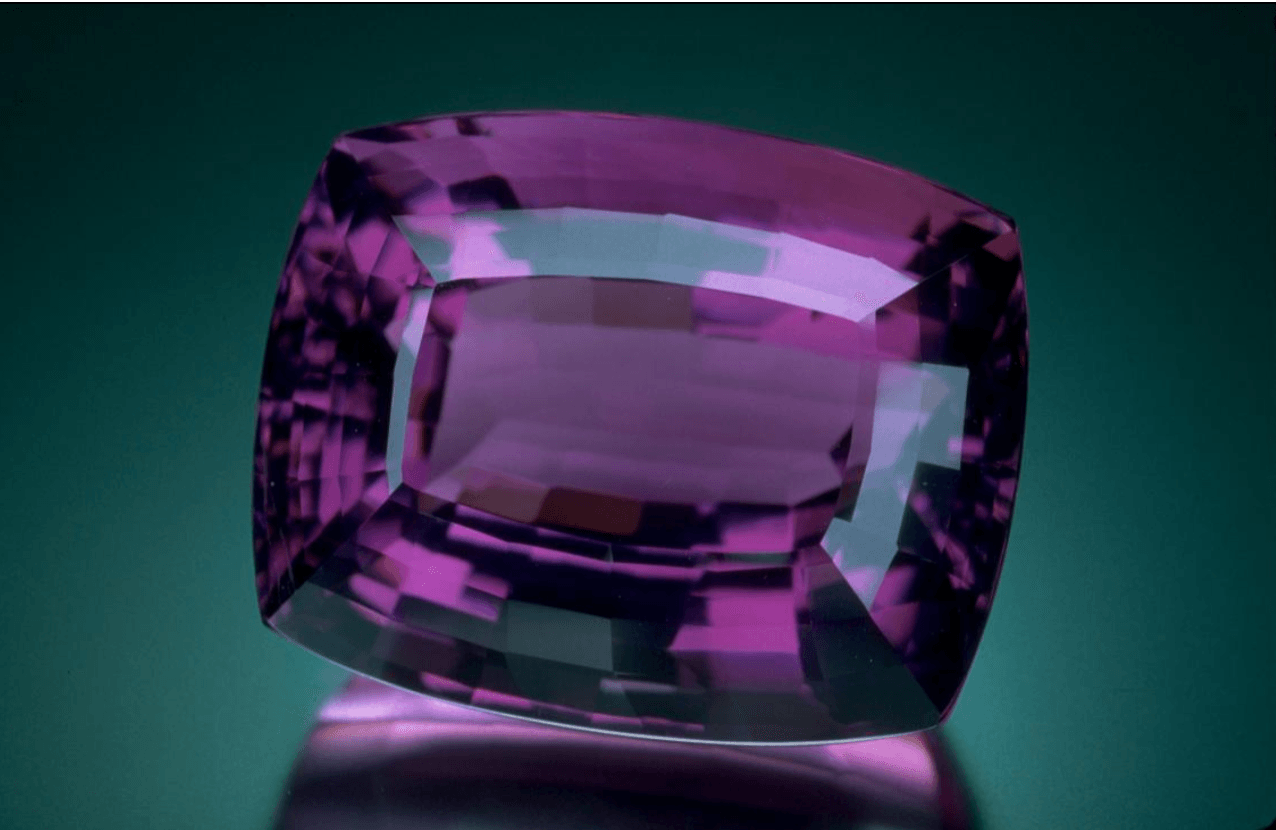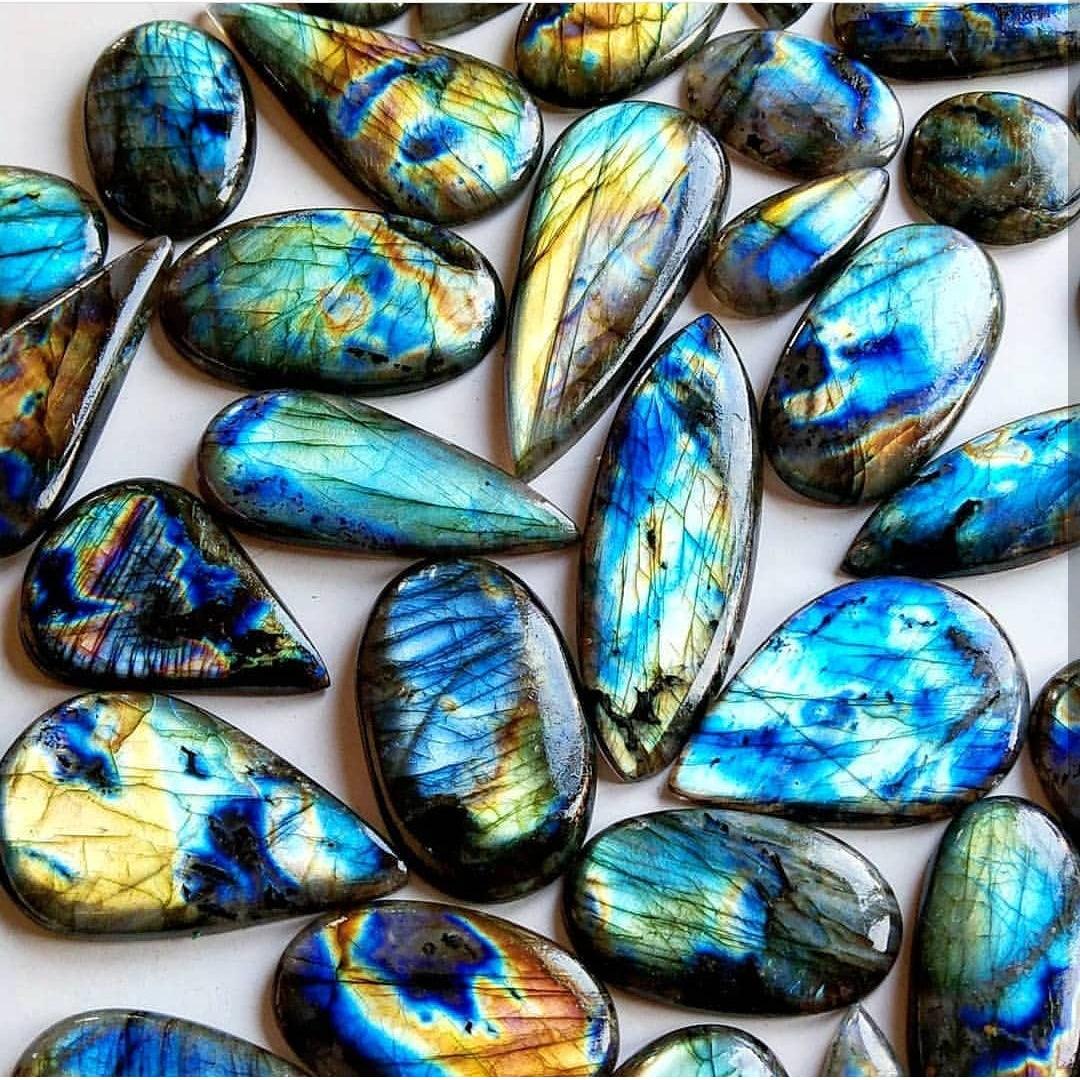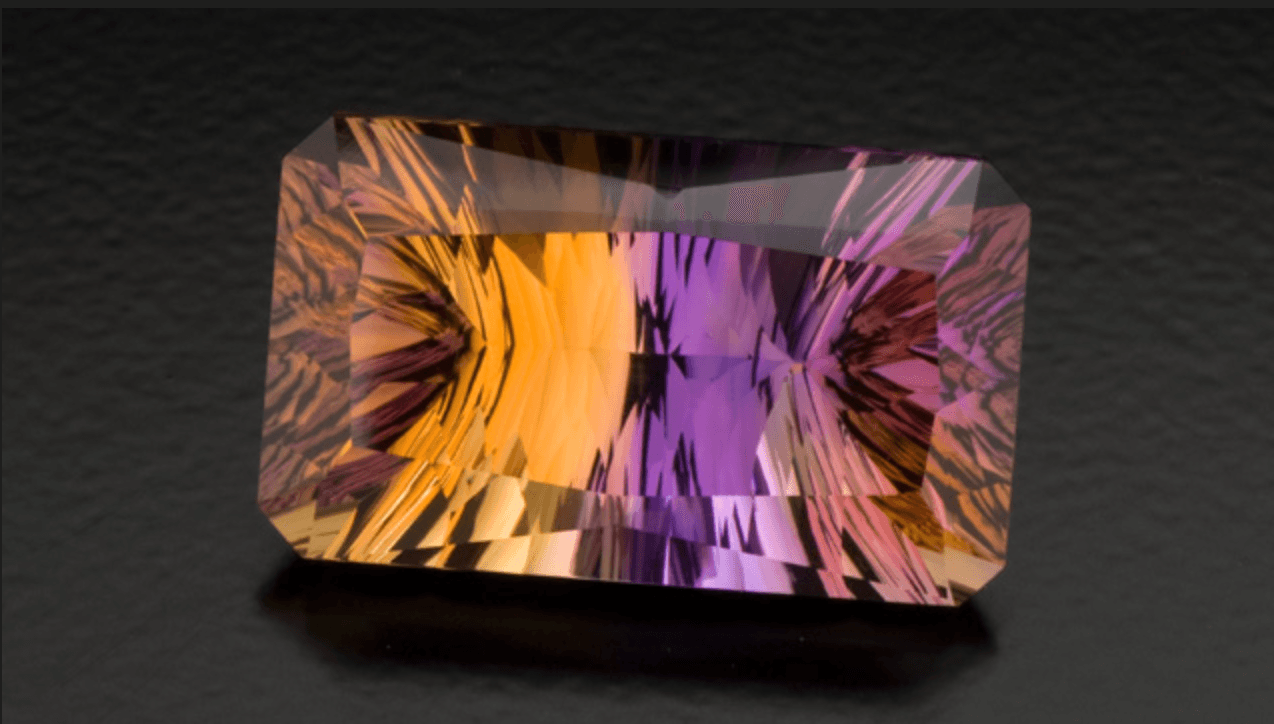
Amethyst: The Majestic Purple Gem of Luxury and Elegance
When it comes to gemstones, few are as mesmerizing and enchanting as amethyst. This precious stones, with its vibrant purple hues, is a true symbol of luxury and elegance. It’s no wonder that amethyst has been used in jewelry for centuries, adorning the necks, fingers and ears of royalty and aristocracy alike.
Amethyst is a variety of quartz that comes in shades of pale lilac to deep violet, with its color being influenced by the presence of iron and other trace elements. Its purple hues evoke a sense of tranquility, spirituality and serenity, and it’s no surprise that this precious gemstones is often associated with meditation, introspection and intuition.
What sets amethyst apart from other gemstones is its unique ability to change color depending on the lighting conditions. When viewed under natural light, amethyst exhibits a rich, deep violet color, but when exposed to artificial light, it can take on a pinkish hue. This phenomenon is known as dichroism and adds to the gemstone’s allure and mystery.
Amethyst is formed deep within the Earth’s crust, where it crystallizes from molten rock, known as magma. Over time, as the magma cools and solidifies, pockets of amethyst are formed. These pockets can be found in geodes, which are hollow rocks lined with crystals, or in veins that run through other types of rocks.
The chemical composition of amethyst is silicon dioxide, the same mineral that makes up sand and quartz. It has a hexagonal crystal structure and is relatively hard, measuring a 7 on the Mohs scale, which means it’s durable enough to be used in jewelry.
The discovery of amethyst dates back to ancient times, and it has been found in archaeological digs dating back to as early as 25,000 BC. The name amethyst comes from the Greek word “amethystos," which means “not drunken,” as it was believed to have the power to prevent intoxication. Ancient Greeks and Romans also used amethyst in their jewelry and believed that the gemstone could enhance clarity and sharpen the mind.
Today, amethyst can be found in many parts of the world, including Brazil, Canada, Madagascar, Russia, the United States, Uruguay and Zambia, with Brazil being the largest producer of amethyst.
Beyond its beauty and allure, amethyst is also believed to possess special meanings and properties. It’s the birthstone for those born in February and is associated with the zodiac signs of Aquarius and Pisces. In addition, amethyst is believed to enhance intuition, aid in spiritual growth and promote emotional balance and calm.
In folklore and legend, amethyst has been associated with everything from warding off evil spirits to enhancing creativity and intellect. Ancient Greeks believed that the gemstone was imbued with the power of the god Bacchus and that it could protect against drunkenness and overindulgence. In Medieval times, amethyst was thought to have healing properties and was used to cure ailments such as headaches and insomnia.
While most amethyst is natural and untreated, some stones are heat-treated to enhance their color or clarity. However, it’s essential to note that some treatments can diminish the gemstone’s value and should be disclosed by reputable jewelers.
Several famous amethyst purple stone and jewelry pieces exist, such as the 1400-carat Brazilian amethyst in the Smithsonian Museum and the amethyst tiara of Empress Josephine of France.
Amethyst is typically cut into a variety of shapes, including round, oval, cushion and pear, and is often used in earrings, necklaces, bracelets and rings. The average carat weight of amethyst is around 2–3 carats, but larger stones are also available. The price of amethyst varies depending on the quality of the stone, with the most exceptional specimens commanding a higher price.
Today, amethyst remains a popular gemstone in the world of jewelry, with many people incorporating it into their collections for its beauty and symbolism. Whether it’s a pair of delicate amethyst earrings or a stunning statement necklace, amethyst is a gemstone that’s sure to make a lasting impression.
In conclusion, amethyst is a truly magical gemstone, with its vibrant hues and unique properties making it stand out from the crowd. Its rich history, lore and symbolism have made it a favorite among jewelry lovers for centuries, and its beauty continues to captivate and inspire. From its formation deep within the Earth to its use in jewelry and beyond, amethyst is a gemstone that truly embodies the majesty and wonder of the natural world.
Photo of amethyst courtesy of the Gemological Institute of America


